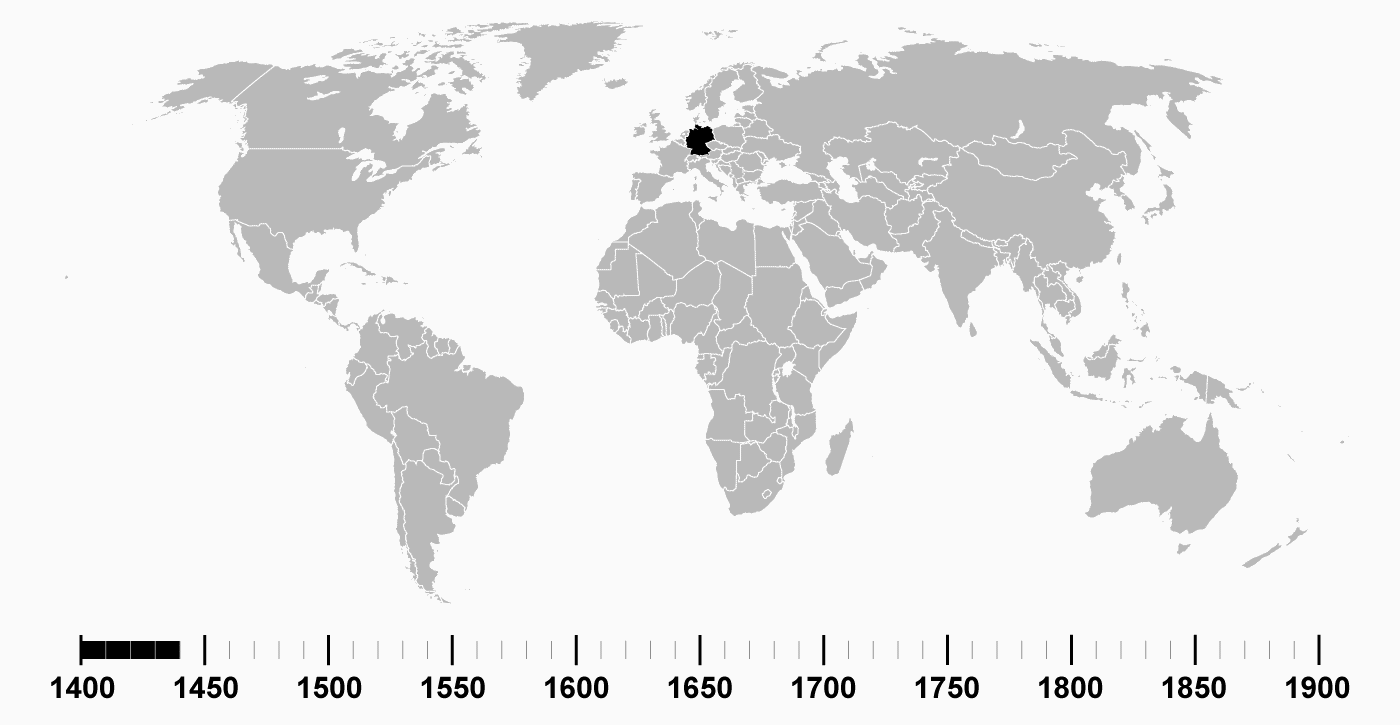20 December 2013, Posted by David Pilcher in Print
Article Provided by FreeportPress
Printing, in all its various incarnations, has been with mankind since around 3,000 B.C., when Mesopotamians used cylinder seals to imprint onto clay tablets. Chinese and Egyptian “publishers” used stamps and blocks, while in India cloth and paper were both printed with woodblocks and plant dyes.
And while Johannes Gutenberg is generally credited as creating the first movable type printing technology in 1439, other historical sources reveal that movable type made of porcelain was likely present 400 years earlier in China.
Still, for many of us, Gutenberg represents a watershed moment for humanity, when we went from one-off manuscripts to the ability to mass produce our published materials. The resulting boom in literacy and social awareness laid the groundwork for the Renaissance and new age of access for all.
The development of print as a means to communicate with the masses, record events for posterity and explain the nature of our universe and our place in it continues to evolved, with digital printing and even 3D printing of electronic objects now possible.
This animated gif gives a nice picture of how and where printing has spread in the last 600 years. Looking at printing from this perspective, the idea that somehow digital technology has killed printing seems not only unlikely but pretty silly. It’s simply impossible to envision a world without print.

Mid-State Litho, Inc.
5459 Fenton Rd.
Flint, MI 48507
midstatelitho.com
